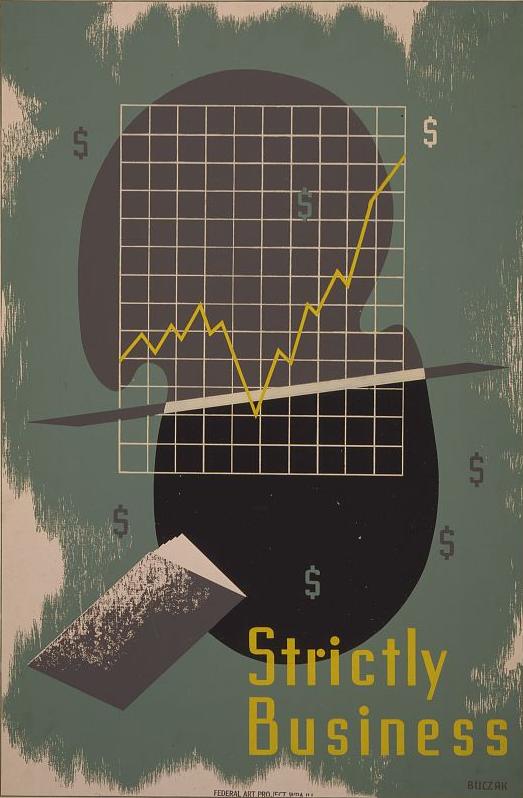There is an old quote (reportedly from John Wanamaker) saying: “I know exactly that half of my advertisement doesn’t work, the problem that I don’t know which half”. That was a real problem which businesses faced in the middle of 20th century. Fortunately now, particularly for digital advertisement, we can answer this vital question and understand which our marketing activity works well, which not so well and which actually is a waste of money.
ROMI
A bit of general theory for the start. Measurement is a key to understand how your marketing activity works. One of most common measurement of marketing effectiveness nowadays is ROMI – Return On Marketing Investment. It is defined as additional gross profit obtained per for every marketing dollar spent.
Simple example: your company sells tables. Your new marketing campaign costed you $5000 and drove additional 500 sales of $200 tables. From each table your gross profit is $40.
Additional profit – $40×500 = $20,000
ROMI = $20,000(your additional profit)/$5,000 (cost of campaign) = 4
So for every dollar spent on marketing your shop gets $4 dollars of gross profit.
Looks like minimal acceptable value of ROMI is 1 ($1 of gross revenue per $1 of marketing), but in fact in real business, taking in account such factors as cost of capital and alternative investment options (spend your money to something else, like shop assistants trainings), ROMI should be definitely much better than one,
For simplicity (while some professional criticise it) ROMI calculation usually doesn’t take in account longer term factors such as increased brand awareness, while it’s possible to take them in account, measure and add to nominator of equation and calculate long-term ROMI.
In cases of brick and mortar business retail business it’s not so easy in fact to understand, from where these additional customers and purchase came and calculate ROMI correctly. With our example of tables, the shop owner can try to ask every customer how does she know about the shop and table, however 1st it’s pretty time consuming and second people may just forget about the source or decline to answer. There are some solutions of this problems, like giving customers coupons to present, which allows to track the source of the lead, but such solutions are not cheap and also consume time of employees.
ROMI of a digital campaign
In the digital world situation is much better: there are bunch of inexpensive or free tools that allow web site owner to track sources of leads and calculate ROMI of the digital campaign.
Let’s consider next example: a company runs online shop that sells tables. They run advertisement campaigns to promote their tables in 3 online media: Google Adwords, Facebook , directly on furniture portal and also created a special newsletter distributed via purchased mail list.
Site owner installed Google Analytics or other similar tool and can measure from where came customers who made purchase. Let’s assume that gross profit per table is the same, equal to$40.
We know the cost of each campaign, so con calculate such numbers as conversion cost and then ROMI.
The table below shows ROMI calculation for our table web store (all data is fictional for illustration purposes only, in the real world effectiveness of mentioned media can be completely different):
| Campaign | # of sales | Conversion cost | Total marketing cost | Additional gross profit | ROMI |
| Adwords | 90 | $7.78 | $700.00 | $3,600.00 | 5.14 |
| 30 | $12.67 | $380.00 | $1,200.00 | 3.16 | |
| Portal | 40 | $25.00 | $1,000.00 | $1,600.00 | 1.6 |
| 70 | $57.14 | $4,000.00 | $2,800.00 | 0.7 |
Note: for many campaigns it’s possible to calculate conversion cost directly in your tracking tool (like Google Analytic), so ROMI calculation can be done easier: divide your gross revenue per item to conversion cost. Just take in account that data exported directly from your Adwords Campaign doesn’t take in account such additional cost as for example campaign management fee if you use external agency.
So, what kind of conclusions can we make from the calculation above: Adwords worked best for us, 2nd one is Facebook, Email campaign was not profitable at all, while brought us the second biggest number of sales. We need to think about, what can we do with marketing activity that were not successful and find ways to improve their performance.
ROMI can’t answer why ‘bad’ campaigns were bad, it’s another big question, but it can definitely help to detect what works and what doesn’t in your marketing activity.

